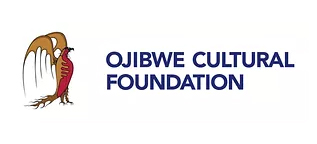
New Earth Estate
Is designated as a Natural Environment, and is the habitat of many species of wildlife and natural resources. New Earth Estate retreat centre is about conscious living, older values, and learning from the great culture of Canadian Indigenous, especially our local Ojibway nation, we learned from M'Wikwedong about the beautiful code of ethics, in a nutshell; being kind and respectful toward mother earth, our siblings from different nations, and all forms of life. Let's find our inner peace by getting away from Electromagnetic Fields (EMF), putting aside our electronic gadgets, ecotherapy, forest bathing, meditation, having some quiet time (golden silence), and some face-to-face quality talks instead of online or virtual networking.
Scientific studies have shown that natural environments can have remarkable benefits for human health. Natural environments are more likely to promote positive emotions, and viewing and walking in nature have been associated with heightened physical and mental energy. Nature has also been found to have a positive impact on children who have been diagnosed with impulsivity, hyperactivity and attention-deficit disorder.
Acknowledgment
We come with respect for this land that we are on today, and for the people who have and do reside here, on the Territory of the Anishinabek Nation: The People of the Three Fires known as Ojibway, Odawa, and Pottawatomie Nations.
And further give thanks to the Chippewas of Saugeen, and the Chippewas of Nawash, known collectively as the Saugeen Ojibway Nation, as the traditional keepers of this land.
We respect this territory by involving this community in all indigenous programs as well as the financial benefits.
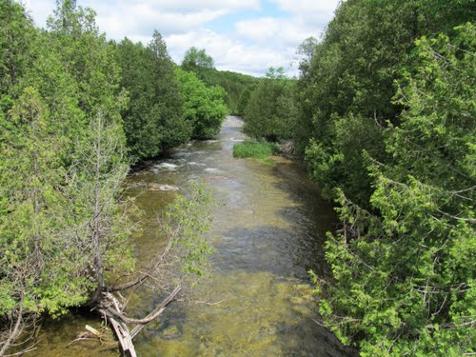
The Tipi Village
We created the village to bring all good qualities of healthy balanced living to life in one place at this eco retreat. Tipi village is used for ceremonies, group activities, team building, workshops and is made of 7 tipis.
Each tipi is is made of two layers treated canvas, installed on a raised wooden platform covered by waterproof mattresses, and has a central fire pit with metal screen to protect from sparks, it also has a removable part for adding fire wood or cooking. Inside is a shoes-off area. The village is built close to the river and is equipped with a service building . There are picnic tables close to each tipi, a huge outdoor bonfire for all to sit and socialize.
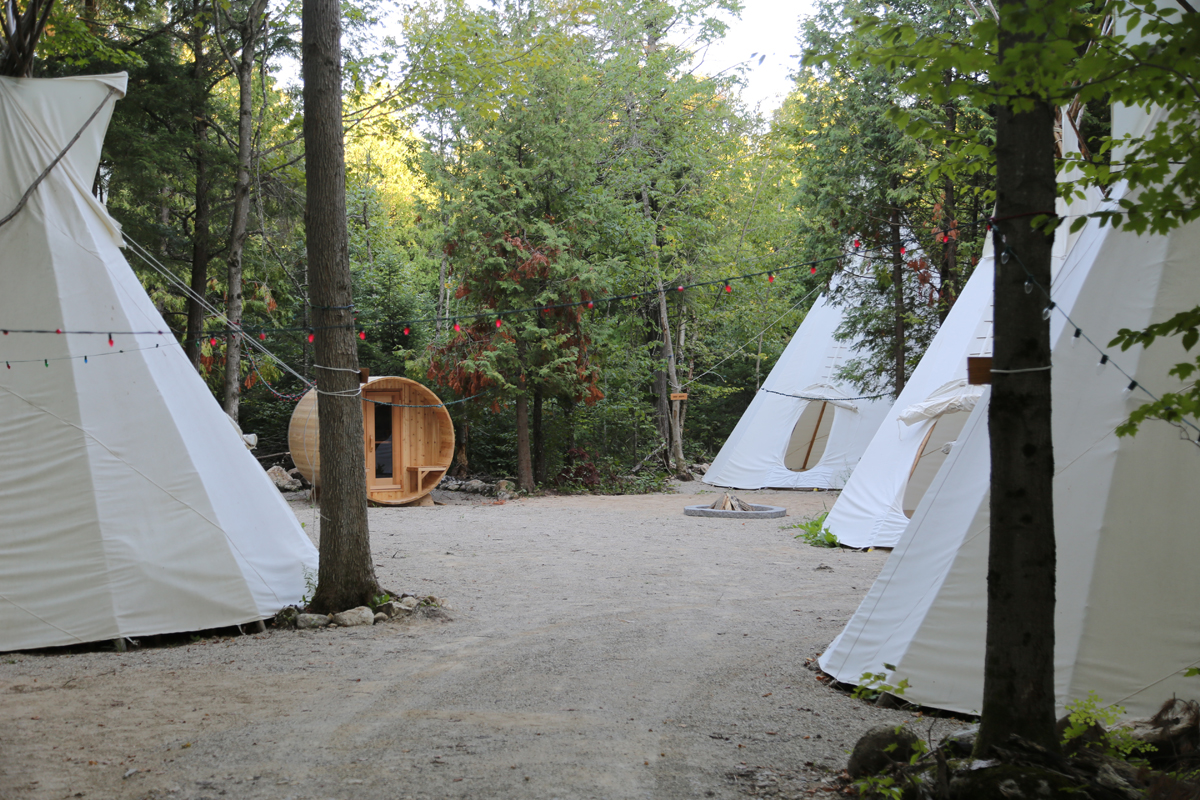
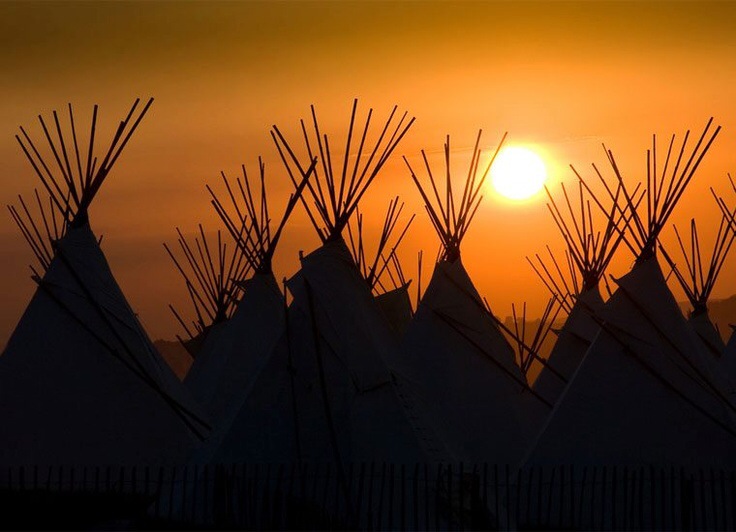
Tipi (Teepee); The Connection to the Physical and Spiritual
The actual word ‘tipi’, which is a Lakota word meaning “to dwell” or “dwelling”. Many Plains Tribes lived in tipis and all considered their dwellings as the extension of their physical and spiritual life. This starts right from the actual construction, and even though tipis vary in size and purpose.
To begin, 3 poles are used to anchor the structure and represents the past, present, and future of life. Another 7 poles are then placed around these 3 main anchors in a clockwise position. Each of these poles have specific meanings; such as the Seven Brothers or the Seven Stars of the Big Dipper constellation. In other words, the 7 sites that the Lakota see as sacred; the Seven Sacred Sites. Examples of some of these sites would be: the western side of the Black Hills, Devils Tower, Bear Butte and Hells Canyon, to name a few.
Once all 10 poles are erected, a cover was placed over the whole structure and an additional 2 poles are places on the outside, holding the flaps open at the top of the tipi. This helps to regulate the flow of energy and circulates air throughout the inner part of the lodge.
Symbolically, the completed 12 poles represented the 12 months of the year, the formation of time and seasons. Once the lodge is completed, the inner part would be seen, not only as the physical protection from the weather but the connection to the spirit world. In old times it was believed that the vortex, the point at which the poles are tied, connects us to the spirit world. The ancestors live in this spirit world in the upper reaches of the tipi, therefore, our ancestors are always with us. The tipi’s shape represents the sacred circle or the never-ending cycle of life.
In addition to the deeper meaning of the actual structure of the tipi, the designs on the outside were also just as significant. For example, lodges with bears on painted on the external parts were usually seen as belonging to members of the Bear Medicine Society. Individuals from this society were responsible for healing those who were wounded in battle. The distinctive red or blue color with white spots at the foot of the tipi, usually belonged to the Blackfeet Tribe. This represented the mountains and rocks around them. However, many designs were painted from the dreams the owner had, and therefore the meanings had a more private and individual interpretation and lost over time.
Even though not all interpretation of tipi designs are known, what is acknowledged is that the tipi embodies the understanding of the connection between the physical and the metaphysical realm, and to live in it meant everything was in balance and harmony.
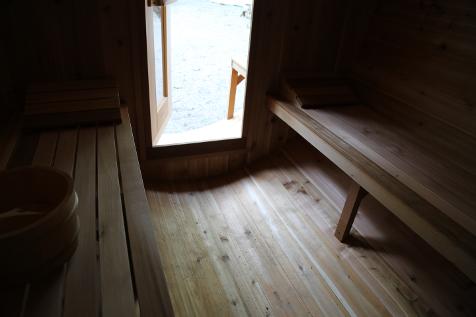
Health Benefits Of Sauna
Easing pain, increased circulation may help reduce muscle soreness, improve joint movement, and ease arthritis pain, reducing stress levels. As the heat in a sauna improves circulation, it may also promote relaxation. Improving cardiovascular health, improving skin problems, Asthma, lower risk of Alzheimer's.
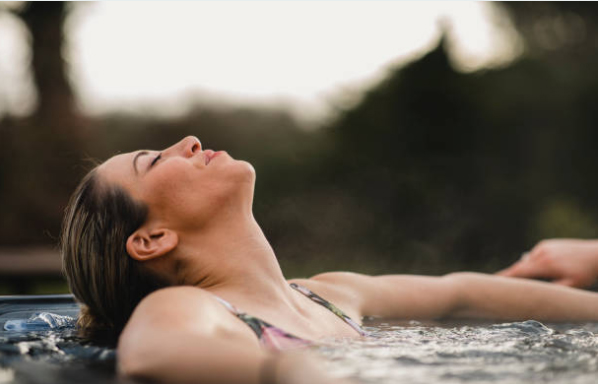
Health Benefits Of Hot Tub Soaking
1. SLEEP ENHANCEMENT
2. STRESS DISSOLVER
3. PAIN NUMBING
4. BETTER SKIN
5. LOWERS BLOOD SUGARS
Why Cedar Wood Hot Tub?
Cedar wood oil has anti-inflammatory and antimicrobial properties. This may make it beneficial for skin conditions like acne and eczema, as well as natural antiseptic properties. Other benefits of cedar wood hot tub are arthritis relief, natural deodorizer, natural sedative, fight fungal infection, and stress relief.

